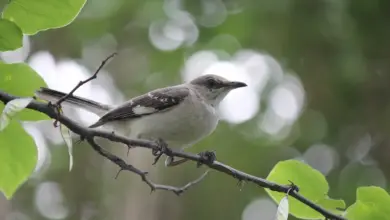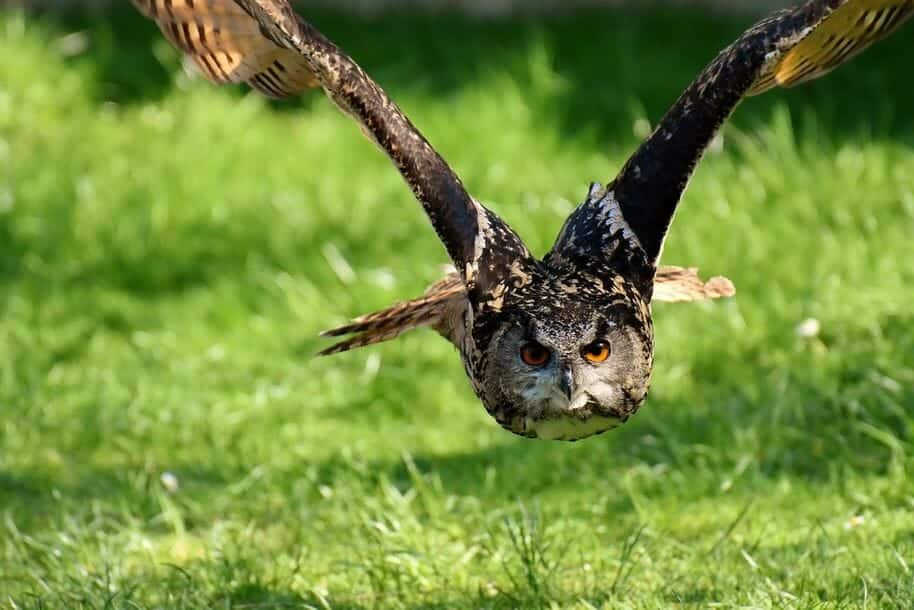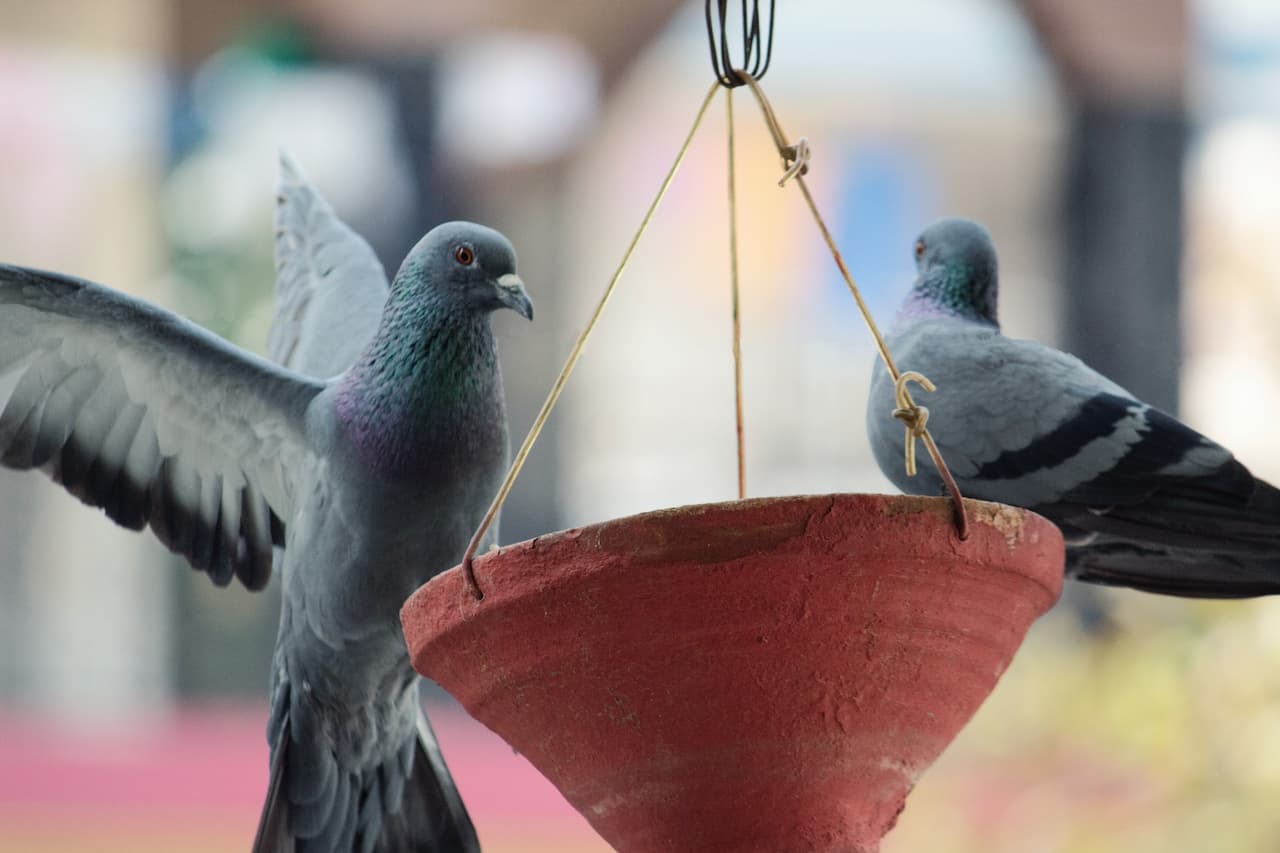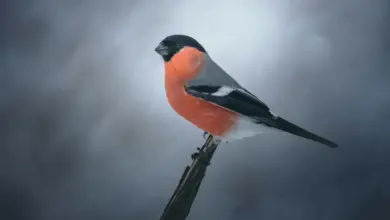White-fronted Scops Owl
The White-fronted Scops Owls (Otus sagittatus) are also known as Malayan Scops Owls, Greater or Large Scops Owls, Malayan Scops Owls, or White-faced Scops Owls.
Distribution / Range and Status
These endangered, resident (non-migratory) Asian owls are only known to occur in Tenasserim, southern Myanmar, southwest Thailand, and Peninsular Malaysia (Malay Peninsula), and possibly on the island of Sumatra.
Within their range, they are only locally distributed and generally scarce.
Their primary habitats include old-growth and regenerating evergreen or mixed deciduous forests of level lowlands and hill-slopes up to at least 2,300 feet (700 m). Occasionally, they are believed to also frequent dense or open lower stories of mature forest.
They appear to avoid recently logged forests.
Their numbers are suspected to be declining rapidly due to the intense deforestation occurring within their range.
Their numbers are believed to be in the 2,500-10,000 range.
Description
The White-fronted Scops Owls is a medium-sized scops owl that measures about 10.6 – 11.5 inches (27 – 29 cm) in length, including the long tail. They have dark brown eyes.
The plumage above is dark rufous to rufous-chestnut colored. They have a broad whitish forehead patch and eyebrows that extend to the ear tufts. The plumage below is marked with dark vermiculations, white markings, and dark spots. The bill is bluish-white.
Defense Techniques: When confronted by a thread, these owls can puff up their feathers to triple their size – to look bigger and intimidating to any predator. Alternatively, when they spot a thread, they will stretch their bodies upwards, slenderizing themselves, allowing them (aided by their camouflaging plumage) to blend into the canopy of trees.
Similar Species
The similar Reddish Scops Owl (O. rufescens) is smaller in size and has darker plumage and dark bars on the primary wing feathers.
Breeding / Nesting
In Malaysia and Thailand, most breeding activities are observed between February and March.
Calls / Vocalizations
They are mostly silent. Their calls are described as hollow, monotone, whistled hoooo.
Diet / Feeding
They mostly feed on insects (primarily moths). There are no other documented food items.
Alternate (Global) Names
Chinese: ???? … Czech: Výrecek belocelý, výre?ek b?lo?elý … Danish: Hvidpandet Dværghornugle … Dutch: Maleisische Dwergooruil … Estonian: laukpäll … Finnish: valko-otsapöllönen, Valkopartapöllönen … French: Hibou à front blanc, Petit-duc à front blanc … German: Weißstirneule, Weißstirn-Zwergohreule … Indonesian: Celepuk Besar … Italian: Assiolo frontebianca … Japanese: hanajirokonohazuku … Norwegian: Hvitpanneugle … Polish: syczek bialoczelny, syczek bia?oczelny … Russian: ????????? ?????, ????? ????????? … Slovak: výrik bielocelý, výrik bielo?elý … Spanish: Autillo de Frente Blanco, Autillo Frentiblanco … Swedish: Vitpannad dvärguv … Thai: ????????????????
Related Web Resources
More Owl Information
- Owl Information
- Index of Owl Species with Pictures
- Owl Eyes / Vision Adaptations
- Pygmy Owls
- Barn Owls
- Horned Owls
- Scops Owls





